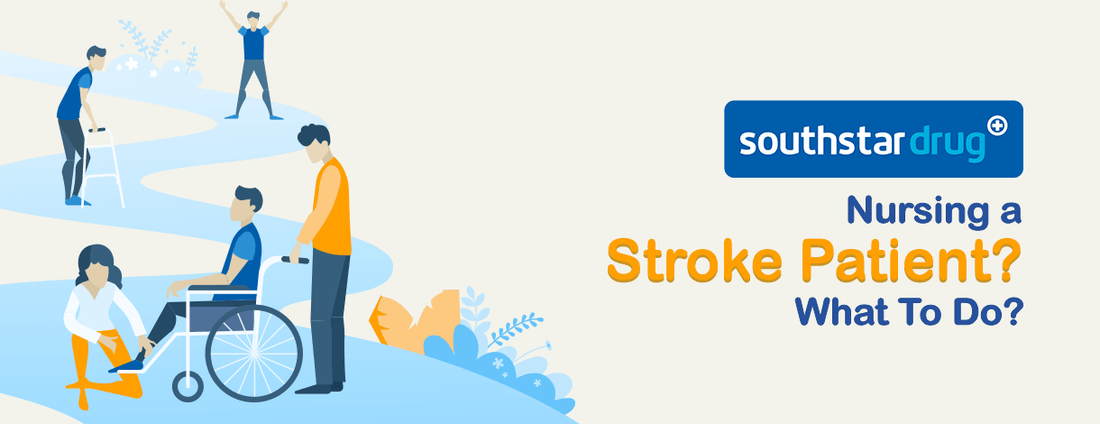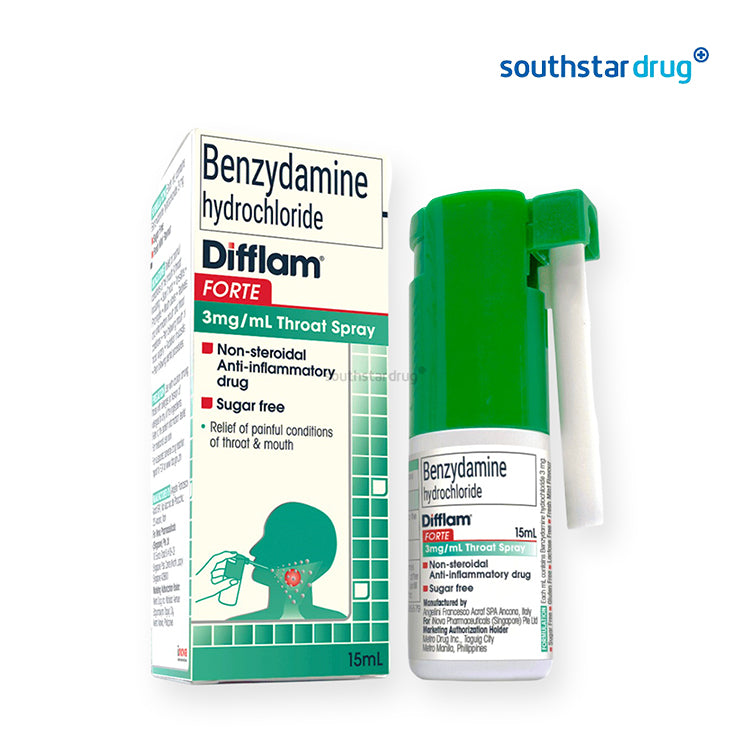A stroke is defined as a crucial health problem that needs immediate attention from family members and doctors. According to the World Stroke Organization, there are already more than 110 million stroke patients from different parts of the globe. Stroke can be a cause of prolonged physical and psychological impairments.
There are different types of stroke that a patient may experience. It can be atherosclerotic events wherein there is a plaque or fat build-up on the artery wall and ischemic or hemorrhagic. A patient may also be diagnosed with a peripheral arterial disease or PAD, if there is numbness or weakening of the legs making the patient hard to walk or climb.
No matter what a stroke patient (nakaranas ng bara sa utak) had undergone, it is important for primary caregivers (instead of nurses) to manage the critical situations of post-stroke patients with the correct medical care. This article shares the basics of assisting a post-stroke patient to guide you in planning how to make them feel better.

Here are 7 ways to take care (instead of nurse) a stroke patient:
Regular physical activity
The most evident aftermath of stroke is the inadequate motor skills of the patient. Identify the locations and the size of the affected part of the body to know what specific (instead of medical) attention the patient needs. One major reason that a patient cannot move easily is because of spasticity. Thus, exercise is one activity that is essential for recovery and preventing another heart attack (o bara sa puso) or disease in the future. Spasticity can still be treated through a medicinal drug, some toxin injections, and physiotherapy.
Check the body's sensory functions
After a stroke, the patient may or may not recognize how the body actually works because of a loss of sensation, ( suggest to remove this part: especially after an ST elevation that may lead to myocardial infarction if left untreated) Caregivers (instead The nurses) must be able to help the patient by placing all the moving body parts like the arms and legs in the proper position to prevent further injuries. And yes, they must still attend physiotherapy sessions.
Evaluate the pain
There are levels of pain that a patient can still experience even after a stroke incident or ACS w/o NSTEMI because of spasticity, arthritis, contractures, and excessive muscle strain in areas that were not supposed to be affected. Cautiously evaluate the pain and give necessary medications for pain as prescribed by the physician (suggest to remove: and identify the possible causes as part of the patient’s rehabilitation. Then, you will perform the necessary tests or give painkillers as needed to ease the pain.)
Get a balanced diet
Patients need nutrients to help cope with post-stroke events so they can shield themselves from having another stroke episode. As a caregiver (instead of nurse), you need to ensure that patients eat healthy foods and are hydrated at all times to maintain their energy. (suggest to remove: Lastly, always refer them to a dietitian for an appropriately balanced meal.)
Follow the doctor’s prescriptions
Having a key role in taking care of post-stroke patients, it is a huge responsibility to assist and encourage the patient to take the prescribed medicines by the healthcare professionals. Create a schedule of medicine intake including the dosage, description, frequency, and time per day.
Schedule a regular check-up
Always remember to visit or schedule a meeting with the assigned doctor to exchange updates on the health status of the ( instead of your patient). Steadfast monitoring of the patient is what they need to give better care, medicine, and bring awareness.
Lift up one another
People tend to have anxiety that could fall into depression because of their disability to move freely. As you watch over your post-stroke patient at home or in the hospital, always bring positive and happy memories to the table. Aside from being the guide, you also need to be healthy and physically fit so your patients can depend on you at all times.
You got them!
Taking care of a post-stroke patient takes work. It takes a lot of effort to help them recover physically and emotionally. As a caregiver (instead of nurse), train and attend medical workshops available in the community (suggest to remove in which you live and the industry that shaped you.) After all, you will always be part of your loved ones’s recovery which is worth the hard work.












